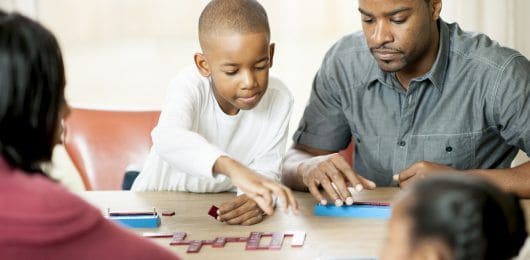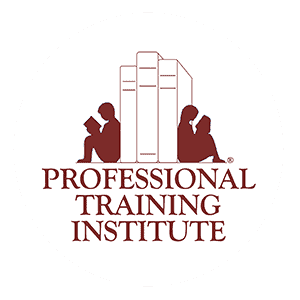While keeping up with learning is important during this uncertain time, it’s also essential for families to focus on stress management. Games can be a great way to keep minds active and have some fun along the way. Participation in games can improve students’ memory and communication, as well as engage them to read words, think about vocabulary, and hone their spelling skills.
Use games you have around the house to play together. This is a time to get creative with the rules—or even throw the rules out! Many game pieces on their own can be used to promote reading and spelling. Three favorites for this are Bananagrams, Scrabble, and Boggle, but any game with letter tiles or plastic letters will do.
Bananagrams/Scrabble Letters
On Amazon you can find a 200-piece set of Scrabble letters for less than $10.00, and 500 pieces for $12.00. These can provide weeks of fun!
Elementary Level
For younger learners, you can make words for your child to read using letter tiles. Have them sound the words out and blend if needed. Use these letters to investigate less familiar words or multiple meaning words such as grit or flume, and look them up online or in a dictionary to check the definitions.
For spelling practice assemble the necessary letters ahead of time, as using all the letter tiles might be overwhelming for a younger child. Say a word, have the child repeat it, and then build it with the letters.
Below are some examples:
The list on the left has short vowels and the list on the right has words that feature a silent e and blends. Challenge students to make 5-letter words such as dress, globe, and slime or 6-letter words like splash, sprint, and thrush.
To take things a step further, explore two-syllable words or multiple syllable words for upper elementary students. A syllable is a unit of pronunciation having one vowel sound, with or without surrounding consonants, forming the whole or a part of a word. Some examples of two-syllable words are sunfish, umpire, moment, context. Some examples of multiple syllable words are discontent, frequently, misrepresent, and relocate.
Middle and High School Students
With older students, have them use words they are studying to create puzzles. Ask them to tell you what the words mean and how they are related to the subject. Use all the tiles for older students to create word puzzles individually or together.
For example, this puzzle incorporates biology words typically studied by students in 9th and 10th grade:
Extensions
Create a puzzle that incorporates vocabulary about a favorite sport or subject, movie or book, or even the fifty states and their capitals. Be as creative as you want!
Select an idea or theme that excites your child. Here is an example of a themed puzzle about skiing. Start by making a list of words—snow, lift, ski, pole, boot, etc.—and then fit them into a puzzle. Incorporate more technical words for older kids, e.g. binding, carving, downhill.
Boggle
Boggle is a word game played using a plastic grid of lettered dice. Players attempt to find words in sequences of adjacent [horizontal, vertical, and diagonal] letters. Although the game comes with a timer, using it isn’t required unless you want to make things competitive.
For younger players, allow 2 and 3-letter words. For older players, challenge them to create longer words. If you don’t have many good word options with the letters you receive, shake it up again—no one is looking!
Some of the words made from this array are toe, foe, soy, rot, hot, shot:A good strategy for this game is to look at the vowel sounds and create words using those. You could also throw out the rules and simply see how many words you can make using all the letters, not just the connected ones.
Bingo
A piece of paper and some type of marker pieces are all you need for a bingo game! There are many board templates available online, but creating your own with a ruler and pencil will work too.
Make one box a bonus box, and fill in the others with words you want your child to read. For younger students, you can use letters instead of words. Make a board for each child playing, and be sure to use the same words/letters on each, but vary the placement.
Have one child play the word caller, and make word/letter cards that match the contents of the boards for them to read. The others can use plastic chips, coins, buttons, candies, or whatever you can find around the house to mark their boards.In the example above, the words begin with st and str blends and have either short vowel sounds (e.g. stem) or a silent-e with a long vowel sound (e.g. state). 5 in a row wins—or try four corners, an x, or a plus sign!
Happy playing—and learning!










Jaydin Skinner says: